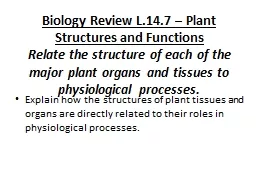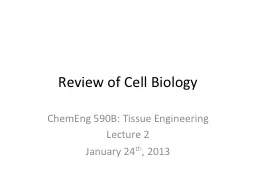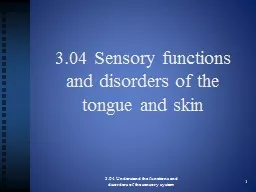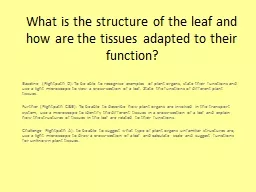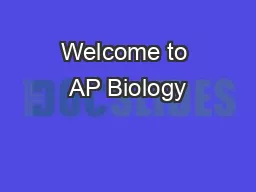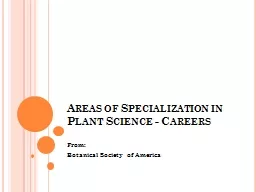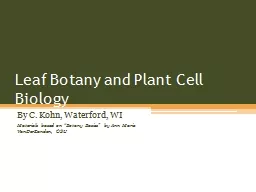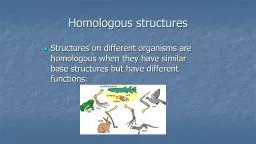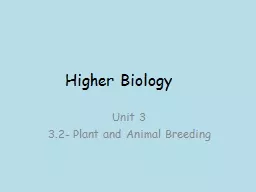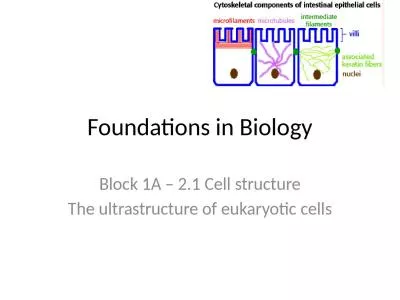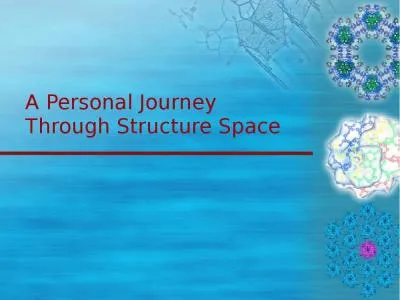PPT-Biology Review L.14.7 – Plant Structures and Functions
Author : celsa-spraggs | Published Date : 2017-10-28
Relate the structure of each of the major plant organs and tissues to physiological processes Explain how the structures of plant tissues and organs are directly
Presentation Embed Code
Download Presentation
Download Presentation The PPT/PDF document "Biology Review L.14.7 – Plant Structur..." is the property of its rightful owner. Permission is granted to download and print the materials on this website for personal, non-commercial use only, and to display it on your personal computer provided you do not modify the materials and that you retain all copyright notices contained in the materials. By downloading content from our website, you accept the terms of this agreement.
Biology Review L.14.7 – Plant Structures and Functions: Transcript
Download Rules Of Document
"Biology Review L.14.7 – Plant Structures and Functions"The content belongs to its owner. You may download and print it for personal use, without modification, and keep all copyright notices. By downloading, you agree to these terms.
Related Documents

